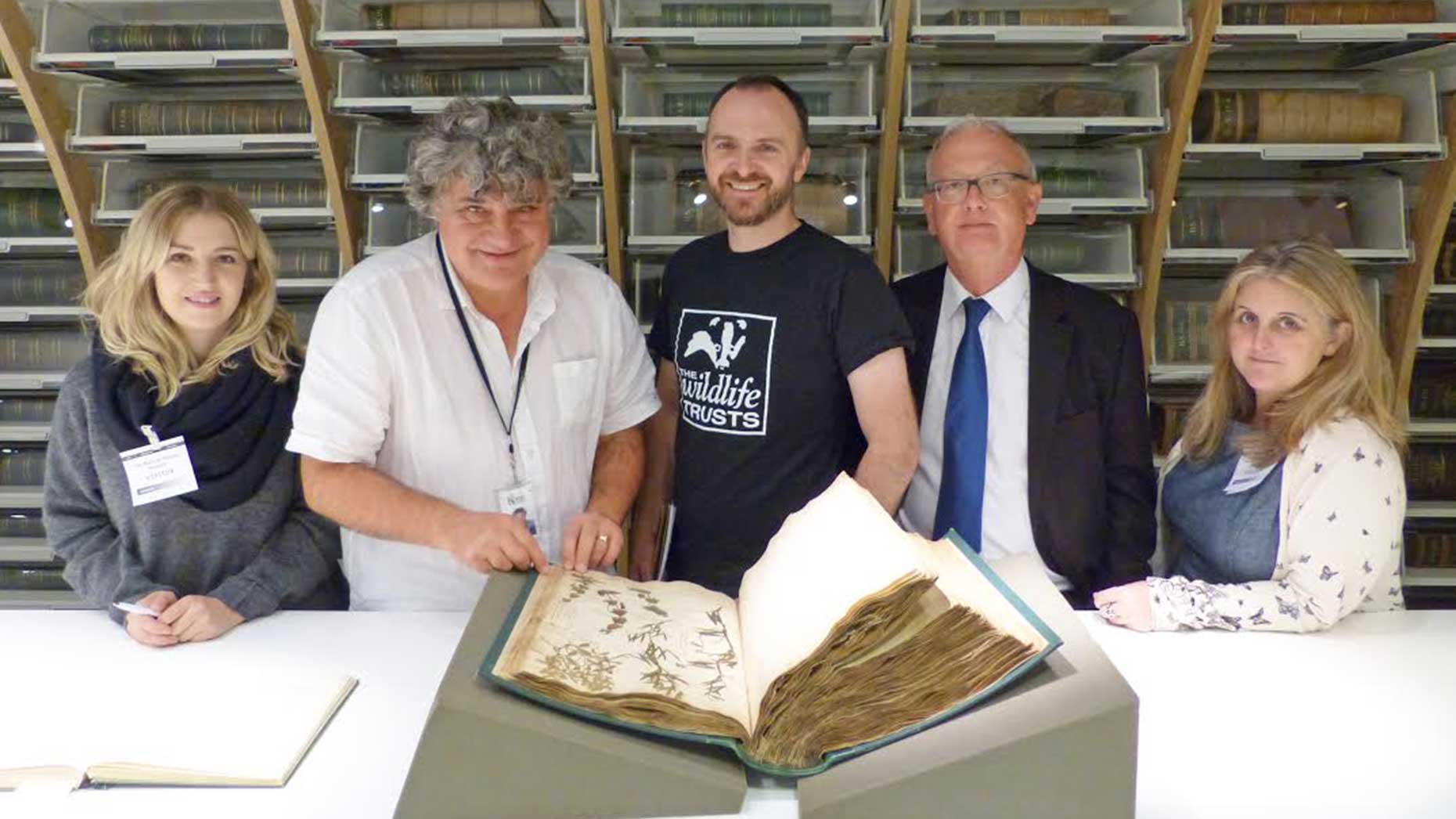Plants are really important. We eat them, build with them, wear clothes made from them and breathe the oxygen they create. Their value is incalculable.
Botany is the science of understanding plants. At the Lincolnshire Wildlife Trust we think #BotanyisAce. Plants can tell us so much about our history, environment, climate and medicine.
Earlier this month the Lincolnshire Wildlife Trust received a grant from the Heritage Lottery Fund of £499,000 to preserve Lincolnshire’s botanical heritage and inspire and train future botanists. This project is called #LoveLincsPlants and also involves the Natural History Museum in London, the Lincolnshire Naturalists’ Union, the Sir Joseph Banks Society and the University of Lincoln.
One of the first jobs for the project was to deliver a 150-year-old collection of over 9,000 Lincolnshire plant specimens to the Natural History Museum. This collection will allow scientists to catalogue and research the environmental history of Lincolnshire and will include DNA sequencing. The role of DNA is the long term storage of information.
With habitat loss many of these plants are now extinct in Lincolnshire like the exotic sounding grass-of-Parnassus and the fatefully named ‘mountain everlasting’. Others are just hanging on in one place like Ancaster thrift (also known as tall thrift). With the help of conservationists some, like cowslips, are making a comeback and re-painting the Lincolnshire landscape with wild colours.
The botany archive at the Natural History Museum is like the magic library at Hogwarts. Great ancient books full of plant specimens from all over the world are gathered in a special herbarium. These include plants collected by famous explorers like Sir Joseph Banks and Captain Cook. Sir Joseph Banks came from Lincolnshire and provided some of the earliest samples from Lincolnshire for the museum.
As one of the partners of the project the Sir Joseph Banks Society will display an example plant archive at the Sir Joseph Banks Centre in Horncastle. Here the public will be able to learn about the importance of plants and get involved with the creation of a new, contemporary collection.
A new collection will be extremely useful to the work of the Natural History Museum’s molecular laboratory. While the NHM’s historical plant archive is like a magic library with great books of plant lore, the molecular laboratory is space age, using liquid nitrogen for DNA extraction. The work of the laboratory will allow the project to compare the genetic diversity of old and new samples, revealing a treasure trove of information about changes in our environment over time.
One of the key aspects of this project is the combination of modern and traditional methods of botany. Traditional methods of plant collection, the same as those used by Sir Joseph Banks will be used alongside the ultra-modern science of plant genetics, enhancing our understanding of the Lincolnshire environment and informing future decisions about land use.
If you love nature and think botany is ace then keep an eye out for these hashtags on social media: #LoveLincsPlants and #BotanyisAce.







